Which Sports Fabric is Best, When choosing the right fabric for sports and athletic wear, two common options come to mind: moisture-wicking fabrics and cotton. Each has its own benefits and drawbacks, depending on the type of activity and personal preference. In this article, we’ll compare these two fabric types, analyzing their performance, comfort, durability, and ideal use cases.
Understanding Moisture-Wicking Fabrics
What Are Moisture-Wicking Fabrics?
Moisture-wicking fabrics are engineered to draw sweat away from the skin and allow it to evaporate quickly, keeping the wearer dry and comfortable. These fabrics are typically made from synthetic materials such as polyester, nylon, and spandex or from natural fibers like merino wool for the sports uniforms.
Benefits of Moisture-Wicking Fabrics
- Sweat Management – They prevent sweat from accumulating, reducing discomfort during workouts.
- Quick Drying – The fibers allow sweat to evaporate faster, making them ideal for high-intensity activities.
- Lightweight & Breathable – These fabrics are designed to offer maximum breathability.
- Odor Resistance – Some moisture-wicking materials, like merino wool, have antimicrobial properties to minimize odors.
- Durability – They tend to last longer and hold their shape after multiple washes.
- Temperature Regulation – These fabrics help maintain body temperature by efficiently wicking away moisture and preventing overheating.
- Layering Friendly – Because they are lightweight and breathable, they can be easily layered under jackets or outerwear.
Drawbacks of Moisture-Wicking Fabrics
- Can sometimes retain odors if not properly treated.
- Certain synthetic materials may not be as soft as cotton.
- More expensive compared to regular cotton fabrics.
- Some moisture-wicking fabrics contain chemicals that may cause skin irritation in sensitive individuals.
Understanding Cotton
What is Cotton?
Cotton is a natural fiber known for its softness, breathability, and comfort. It has been a go-to fabric for casual wear, including T-shirts, sweatpants, and athletic gear.
Benefits of Cotton
- Soft & Comfortable – Cotton is one of the most comfortable fabrics for everyday sports wear.
- Breathable – It allows air to circulate, helping to keep the body cool.
- Hypoallergenic – Ideal for sensitive skin, as it is less likely to cause irritation.
- Affordable – Generally, cotton is more budget-friendly compared to synthetic moisture-wicking fabrics.
- Eco-Friendly Options – Organic cotton is a sustainable alternative that is biodegradable and grown without harmful pesticides.
- Versatile – Cotton can be blended with other fabrics to enhance performance while retaining its softness.
Drawbacks of Cotton
- Absorbs Moisture – Cotton absorbs sweat rather than wicking it away, which can make it feel heavy and damp.
- Slow Drying – Once wet, cotton takes longer to dry compared to moisture-wicking fabrics.
- Prone to Shrinking – Cotton garments can shrink after washing and drying.
- Durability Issues – Cotton can wear out faster, losing its shape and softness over time.
- Holds Moisture – This can lead to discomfort, chafing, and even fungal infections if worn for prolonged periods during intense activity.
When to Choose Moisture-Wicking vs. Cotton
Best Uses for Moisture-Wicking Fabrics
- High-intensity workouts (running, cycling, HIIT)
- Outdoor activities (hiking, sports, adventure activities)
- Hot and humid climates
- Layering under winter gear
- Marathons and endurance sports where staying dry is crucial for performance
- Competitive sports where freedom of movement and comfort are essential
Best Uses for Cotton
- Casual wear and everyday activities
- Low-intensity exercises (yoga, stretching, light walking)
- Cooler climates where breathability and warmth are needed
- Leisure activities where comfort takes priority over performance
- Sleeping and loungewear, as cotton’s softness provides all-night comfort
Hybrid Fabrics: The Best of Both Worlds?
For those who want the benefits of both materials, hybrid fabrics that blend cotton with moisture-wicking synthetics are available. These fabrics provide softness, breathability, and moisture control, making them an excellent option for sports and everyday wear. Some common hybrid fabrics include:
- Cotton-polyester blends – Combines comfort with quick-drying properties.
- Bamboo fabric – Naturally moisture-wicking and soft.
- Tri-blend fabrics – A mix of cotton, polyester, and rayon that balances softness, durability, and performance.
Final Verdict: Which Fabric is Best?
If you’re looking for superior performance, sweat management, and durability, moisture-wicking fabrics are the clear winner. However, if comfort and breathability are your top priorities for casual activities, cotton remains an excellent choice.
For athletes and fitness enthusiasts, investing in high-quality moisture-wicking apparel can enhance comfort and performance. But for relaxed, everyday wear, nothing beats the softness of cotton. Hybrid fabrics can also offer the best of both worlds, providing comfort along with performance features.
What’s your go-to sports fabric: moisture-wicking or cotton? Let us know in the comments!
When choosing the right fabric for sports and athletic wear, two common options come to mind: moisture-wicking fabrics and cotton. Each has its own benefits and drawbacks, depending on the type of activity and personal preference. In this article, we’ll compare these two fabric types, analyzing their performance, comfort, durability, and ideal use cases.

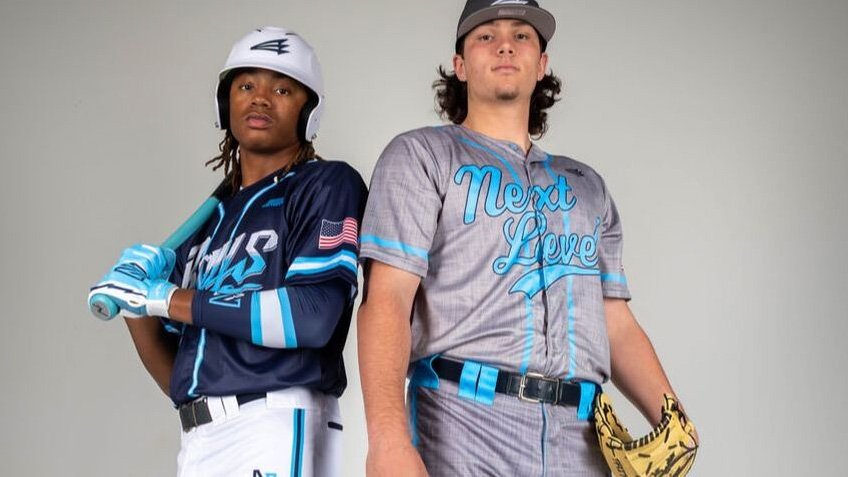
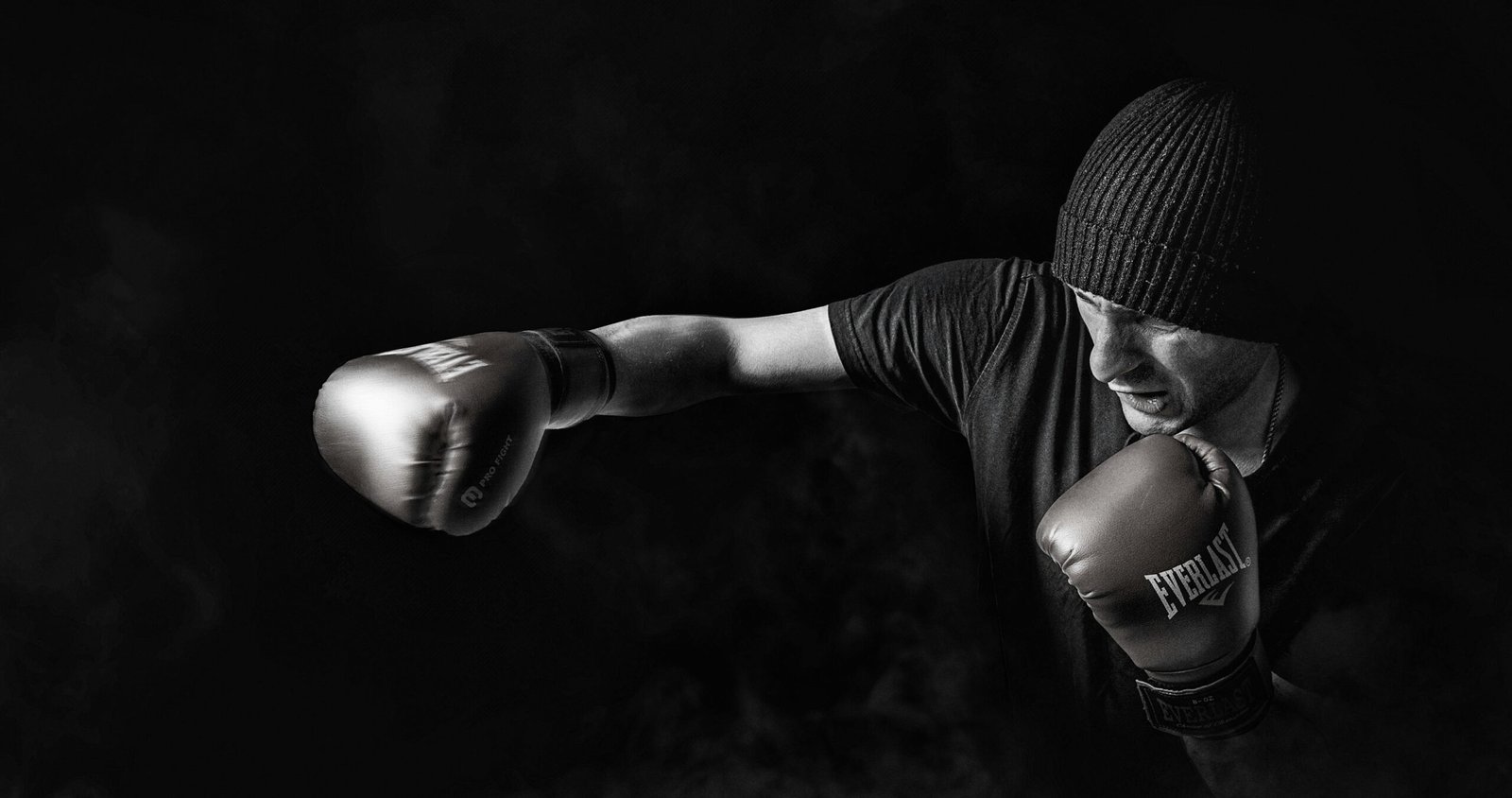
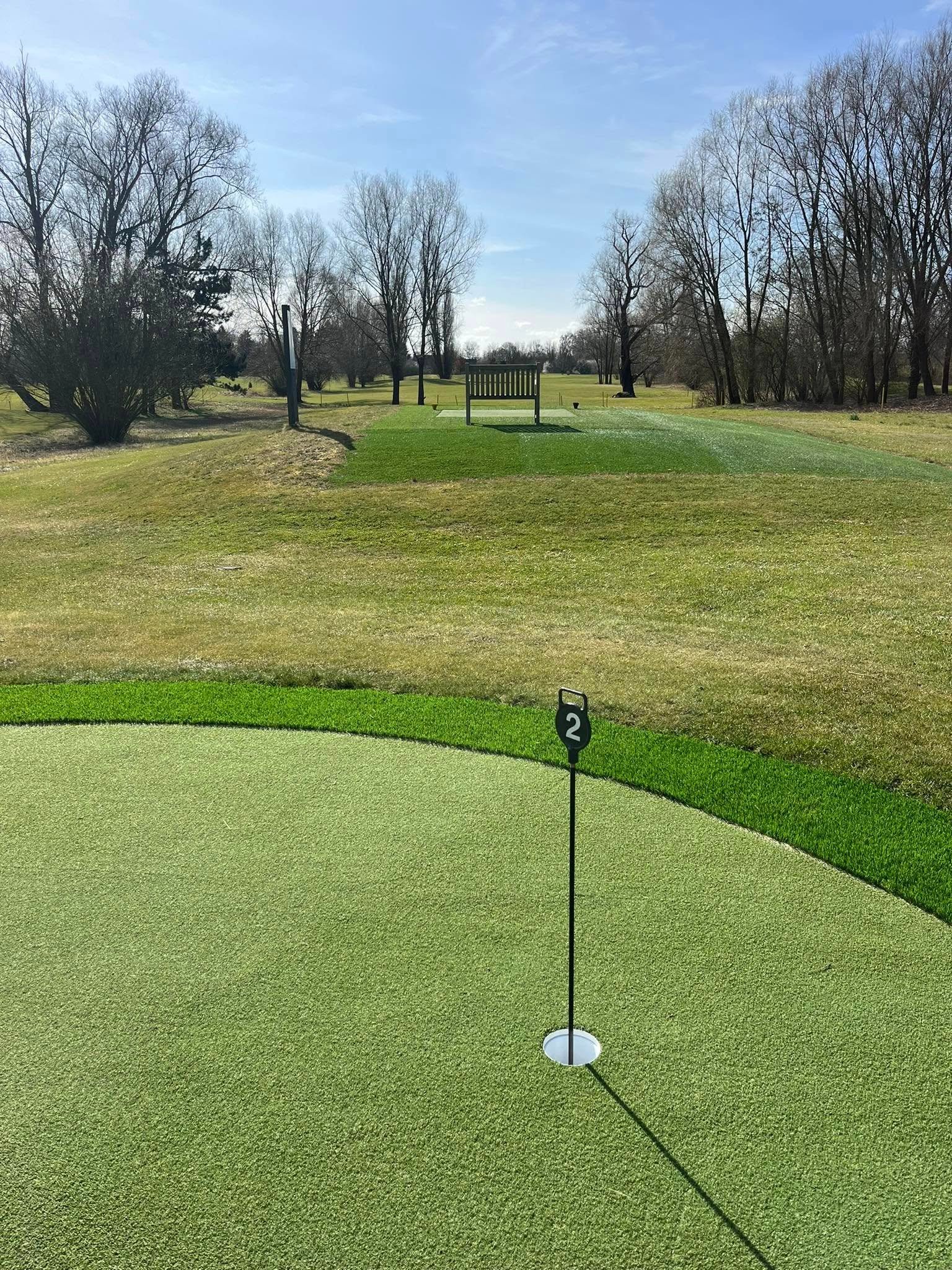



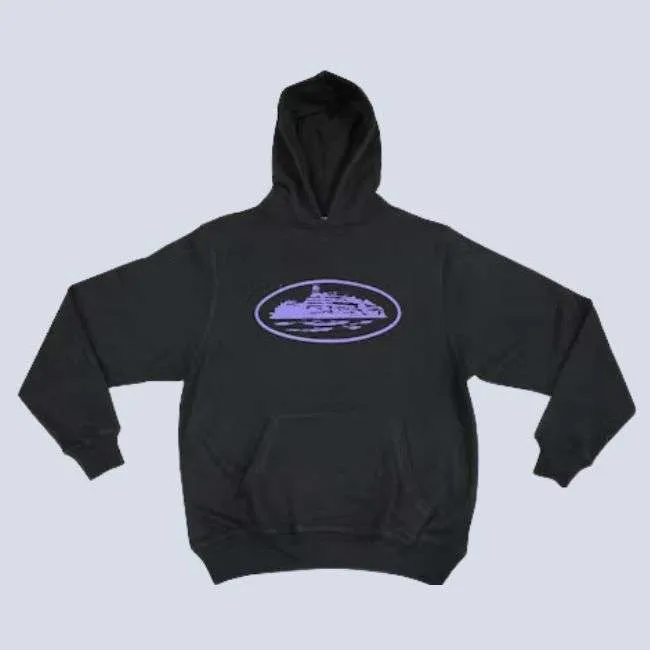
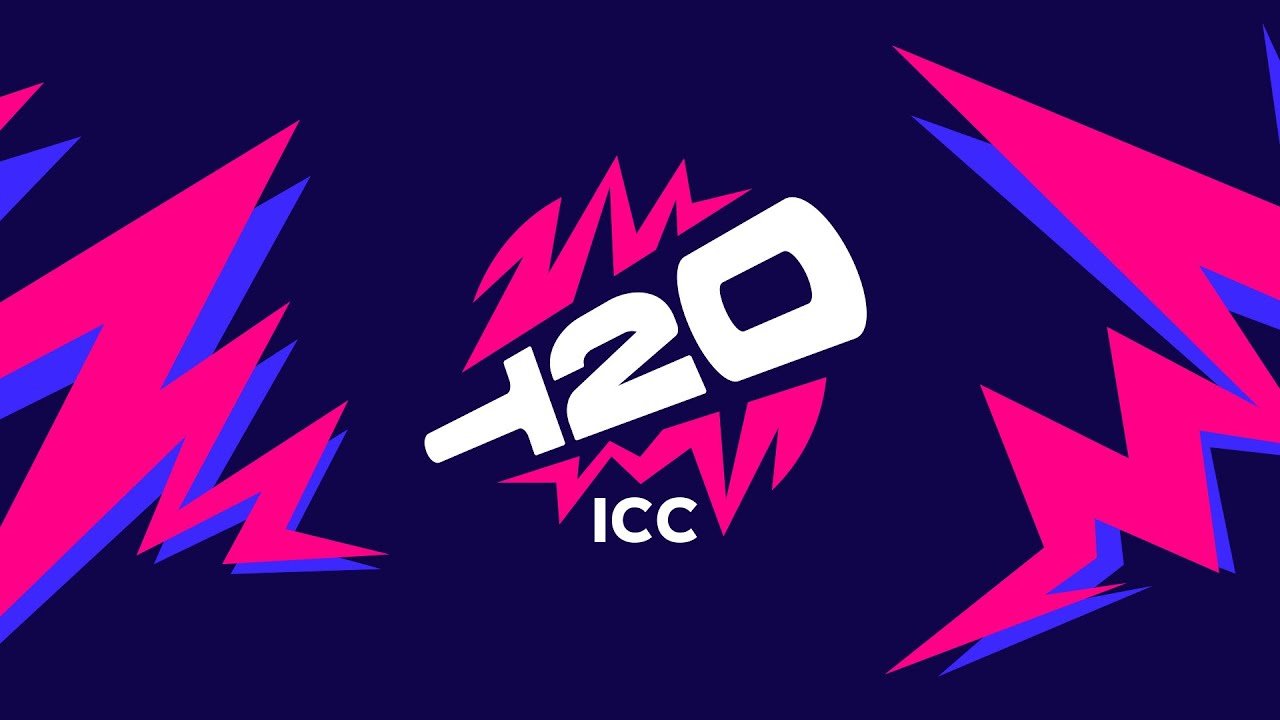


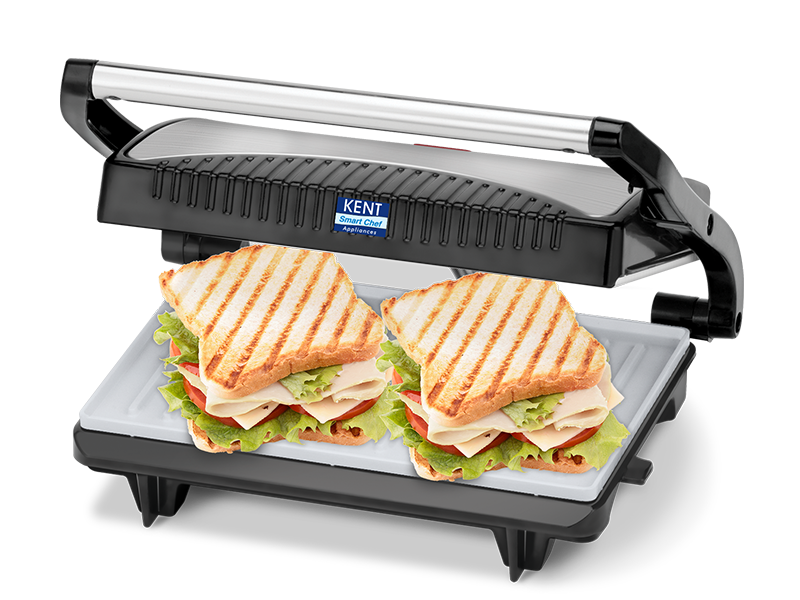


Leave a Reply